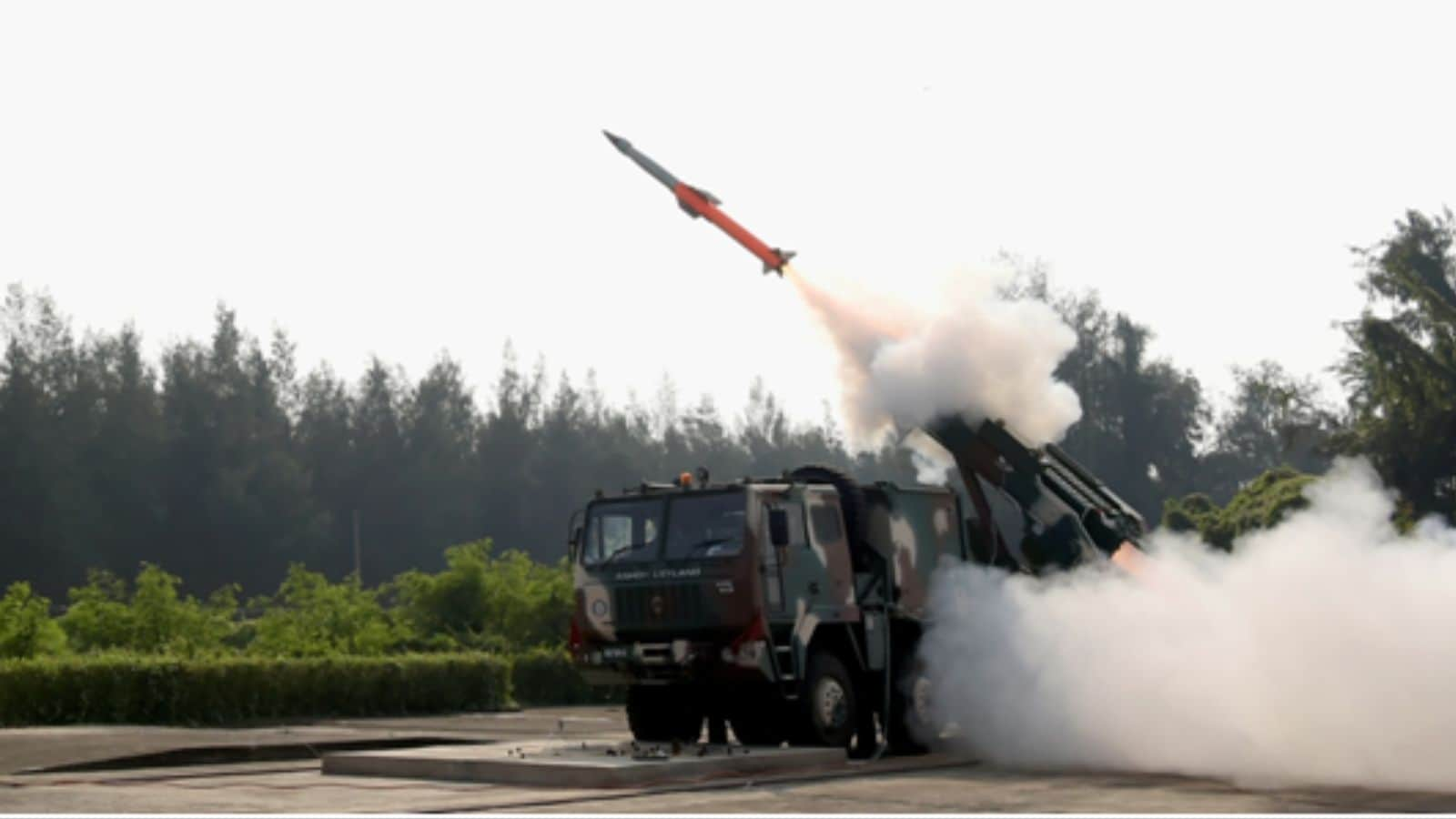A government-appointed panel has warned that unscientific mining in Uttarakhand's Bageshwar district is destabilising slopes, threatening villages and agriculture besides disrupting water sources in the fragile Himalayan region.
Also Read | Houses in Uttarakhand’s Bageshwar villages develop cracks, fears of Joshimath-like situation rise
The "Geological Assessment and Recommendations For Sustainable Mining Practices in Bageshwar District" report, submitted to the National Green Tribunal on July 30, called for sweeping reforms in mining practices and stringent monitoring to mitigate the risks.

The assessment was conducted following rising complaints of landslides, cracks in houses, drying springs and crop losses in several villages around Bageshwar.
The tribunal had sought an expert evaluation after local residents alleged that mining in the district was being carried out without regard for environmental safeguards.
The panel, comprising experts from the Geological Survey of India, the Uttarakhand Landslide Mitigation and Management Centre, the Department of Geology and Mining and the Indian Institute of Remote Sensing, examined 61 mines across Bageshwar, Kanda and Dugnakuri tehsils.

According to the report, most mines have altered natural slopes through steep vertical cuts and lack proper benches, making the terrain highly "vulnerable to landslides" and rockfalls.
The team observed cracks, ground subsidence and rockslides at multiple sites.
It noted that debris from mining was often dumped haphazardly into natural streams, choking drainage channels and aggravating waterlogging and slope failures.
Several leases overlap with villages, farmland and water sources, directly endangering local communities.
The committee highlighted that Bageshwar lies in seismic zone V, one of the most earthquake-prone regions in the country. Mining activities in such zones, if not regulated scientifically, could amplify ground instability.
The experts stressed that the current monitoring system is inadequate and there is "no record" of how slope modifications have evolved over time. Satellite analyses also indicated land deformation around several mines, confirming the risk of further subsidence.
The report said mining has disrupted drainage patterns, leading to "depletion and contamination" of groundwater. Springs, which are critical for local drinking water and irrigation, have dried up or diminished in flow in several affected villages.
The committee also found that reclamation efforts at mined-out areas were mostly superficial, with no measures taken to ensure long-term slope stability or ecological restoration. In its recommendations, the expert panel called for strict scientific monitoring of all mining operations in the district.
It proposed the installation of a local seismic network to track micro-earthquakes, deployment of satellite-based SAR technology to detect ground deformation and mandatory slope stability analysis for all existing and proposed mines.
Such analyses, it said, should be reviewed by reputed academic and research institutions to ensure accuracy. The panel urged the creation of a geo-referenced database of all lease boundaries to prevent encroachments and better track risk-prone areas.
It asked the state to reassess leases overlapping with villages, water sources or agricultural land. Aquifer mapping was recommended to understand the long-term impact of mining on groundwater reserves.
The committee strongly insisted on adopting sustainable mining practices, including controlled blasting, proper drainage management and engineering measures to stabilise slopes.
It said debris should not be dumped into streams and stressed the need for systematic waste disposal and site reclamation. Regular field inspections must be carried out to ensure compliance with mining plans and environmental norms.
While the panel noted that riverbed mining, if done within prescribed limits, does not pose a threat to seismic stability, it emphasised that in-situ mining in Himalayan districts like Bageshwar should proceed only with extreme caution.



.png)
.png)
.png)
















 2 hours ago
7
2 hours ago
7









 English (US) ·
English (US) ·